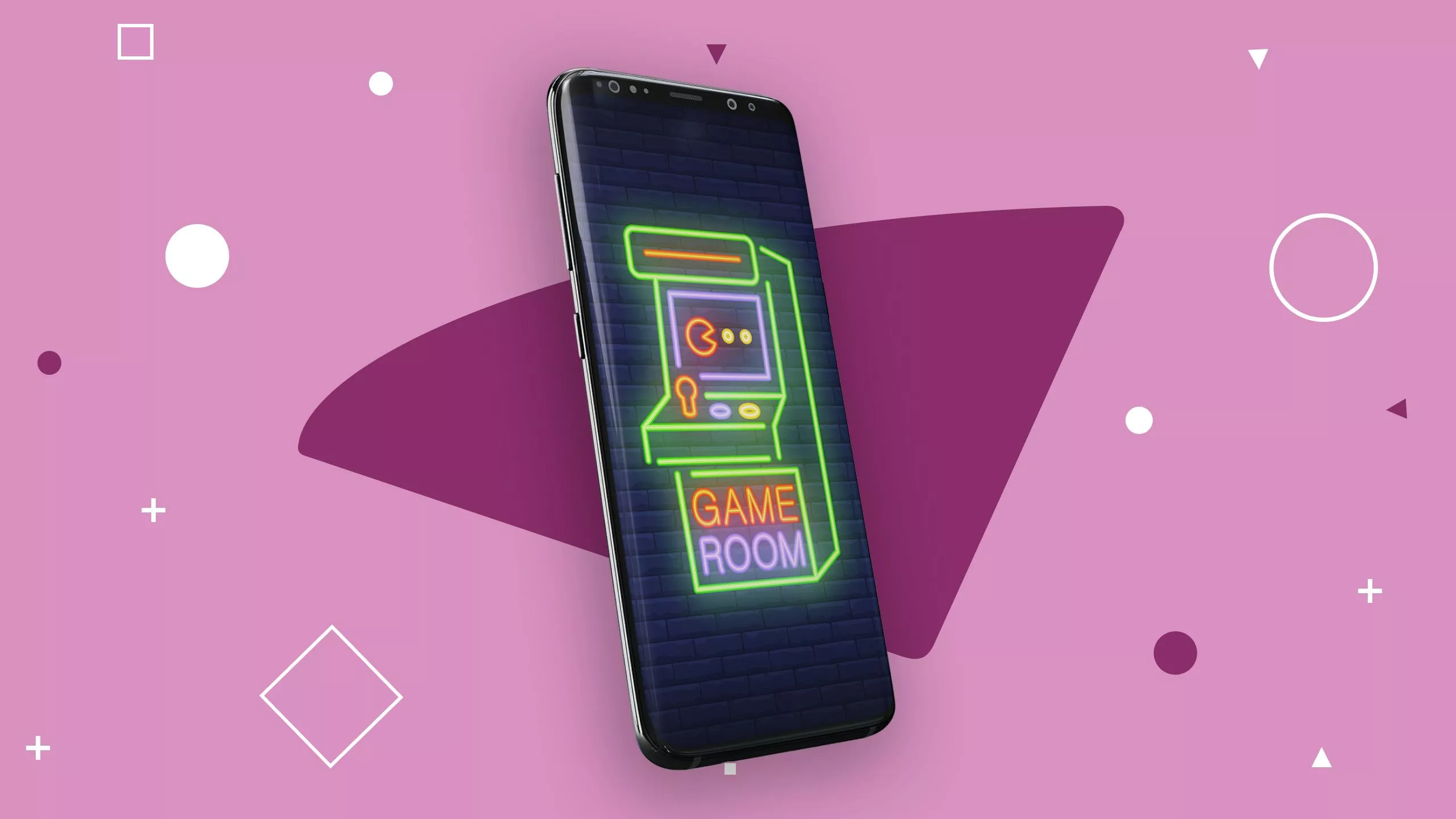How to build an app gamification strategy for mobile user acquisition & retention
All of your mobile user acquisition efforts might be wasted if you can’t manage to maintain your user base. For this matter, app Gamification Strategy is an important subject that you should consider for better user engagement. StriveCloud’s research shows that it actually increases user retention by %500. Who wouldn’t want to quintuple their retention rate, right?
So, let’s start with what gamification is in mobile apps and discuss how you can implement this strategy for better user acquisition & retention.
What is Gamification in Mobile Apps?
Simply put, gamification is the process of including game-like elements and dynamics to your app for increasing user engagement and retention. Actually, we are all familiar with the subject of gamification from our childhood. Do you guys remember the saying let’s make learning fun? Teachers were adding games and challenges into the lectures to capture the attention of kids. That’s gamification in the simplest terms and it is highly utilized in learning apps.
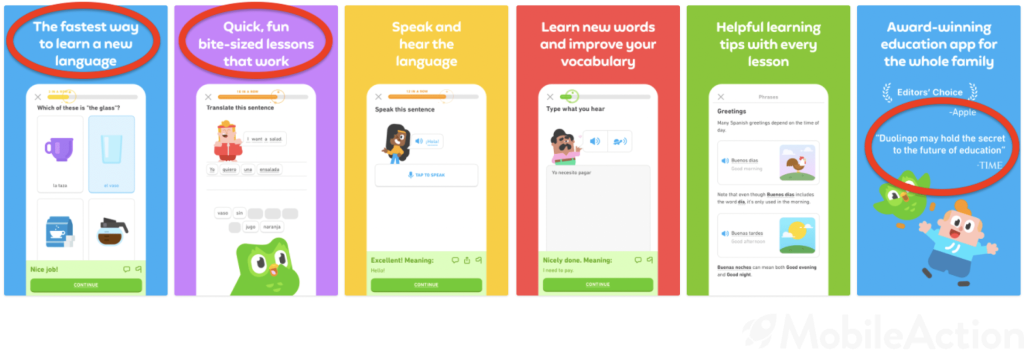
Duolingo is an example. However, that is not the only field that you can benefit from the advantages of gamification.
You can gamify productivity, finance, health and fitness apps, and literally any subject that you can think of. It is totally up to your level of creativity. All you have to do is to add gaming elements to your non-gaming apps.
How to Gamify Your App
There are a few techniques that you can use to add gamification to your app. Let’s take a look at them.
Rewards
Getting rewarded is one of the most satisfying feelings, right? When you put in the effort and get something in return you are more likely to pursue that subject. Games use this principle all the time and you can also reward your users for tasks related to your category of app.
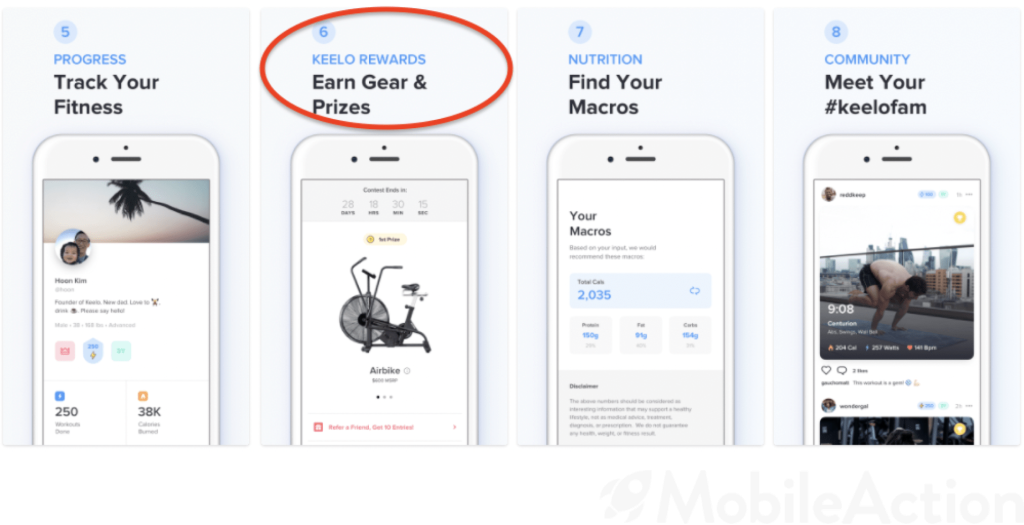
Quizzes
Don’t get stressed, right away. We are not talking about the random quizzes in high school done by the most strict lecturer. These are mostly fun quizzes that keep you entertained while helping you learn faster. Duolingo is one of the examples and as mentioned before you can utilize this feature in other app categories, too.
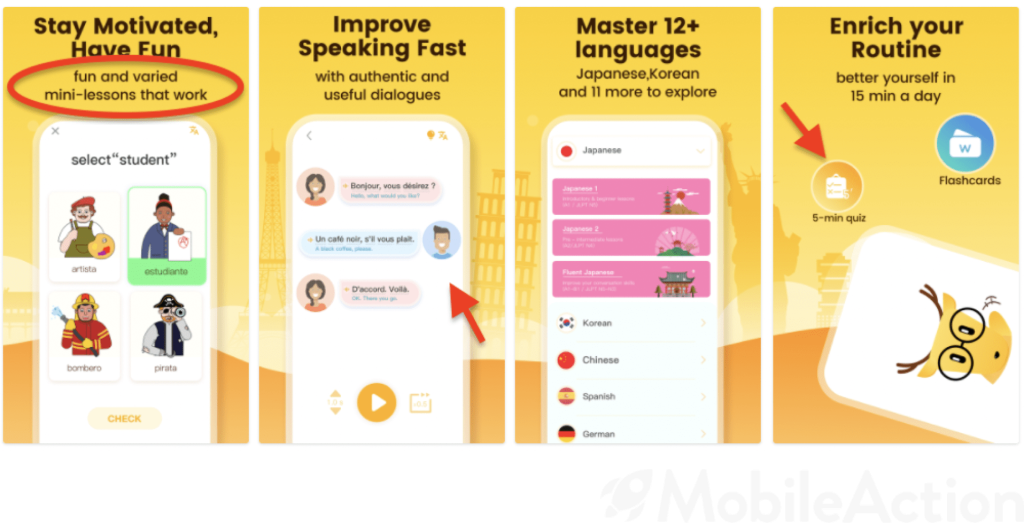
Levels
Level up, level up, level up, as Ciara said. Levels have a similar effect on the human mind with rewards as they motivate you to pursue your goals. You can come across the use of this feature in Health and Fitness apps where you get ranked from a newbie to a beast based on your fitness activity on the app. And, yeah it’s strange but ‘the beast’ is the level that fitness addicts want to achieve.
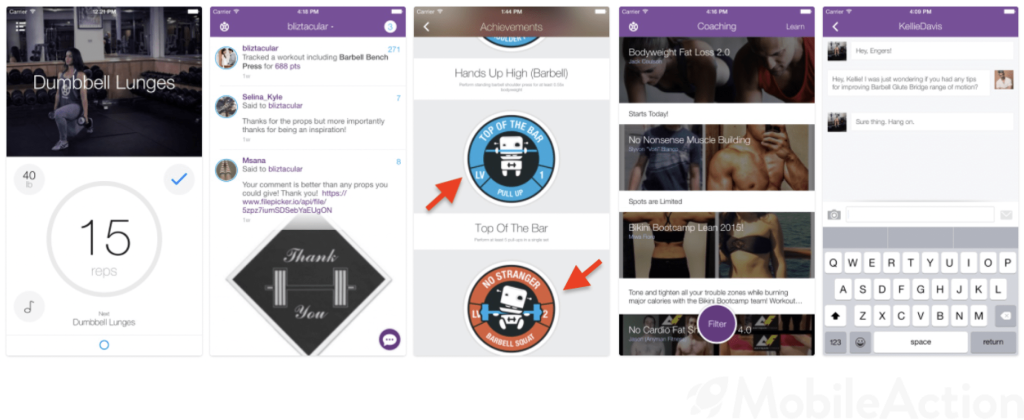
Progress Bar
How are you going to define levels without a progress bar? It helps you to improve user app engagement. How? Let me explain with a real-life story.
Florence Chadwick, the first woman to successfully swim the English Channel in both directions, decided to swim from the California Coast to Catalina Island. The water was cold, the night was foggy and after 15 hours of swimming and only half an hour away from the coast she called quits. The reason was not tiredness nor the cold but the fog. She stated she would have made it if she could see the coast.
So, what you really do with adding a progress bar into your gamified apps is that you make your users see the coast. When they see their progress, they are more likely to make a habit of using your app hoping to push that progress bar further.
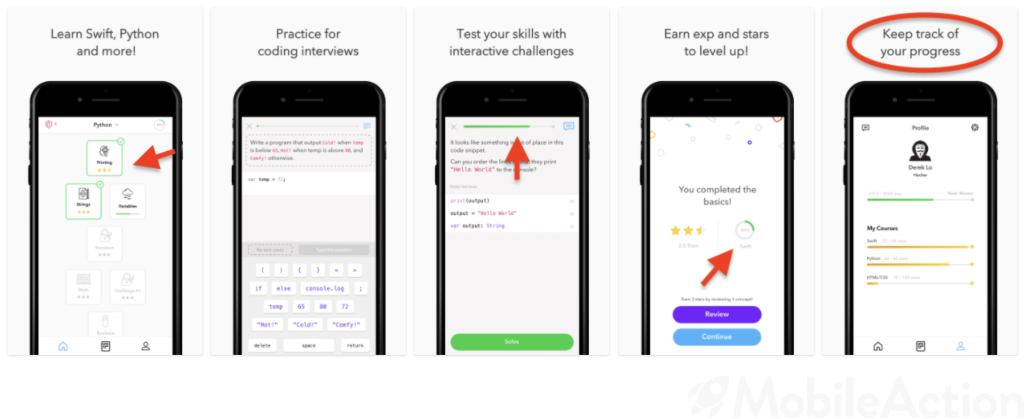
Adding Friends
“Whatever you do in this life, it’s not legendary, unless your friends are there to see it” as said by Mr. Stinson. And, that’s true. Even in the virtual world. So, adding this feature to your app might be a good idea since users can interact with each other more. This technique also has the potential to provide you with significant organic downloads if implemented correctly as your loyal fan base will spread the word of your app.
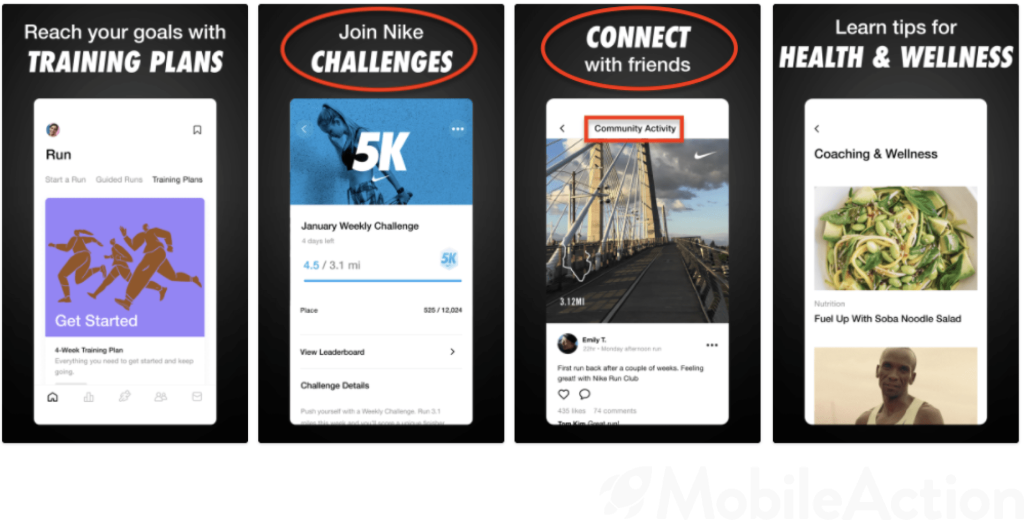
Leaderboards
Competition is in human nature, right? Games utilize this impulse all the time by adding leaderboards so players spend more time beating each other and getting better ranks. You can also add this element to your non-gaming apps to create a sense of competition and motivate your users to engage more with your app.
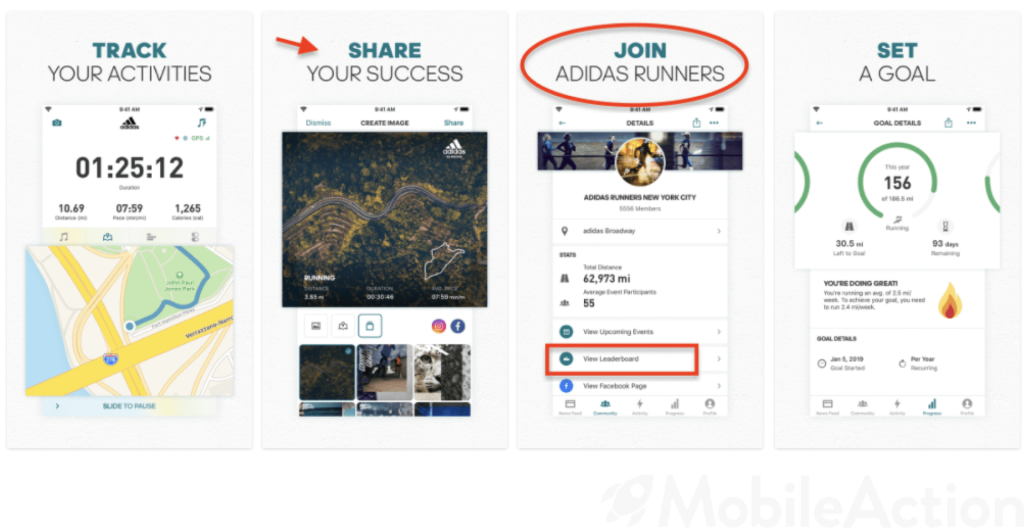
Why Should You Consider Gamifying Your Mobile Apps?
Because it works in line with human psychology.
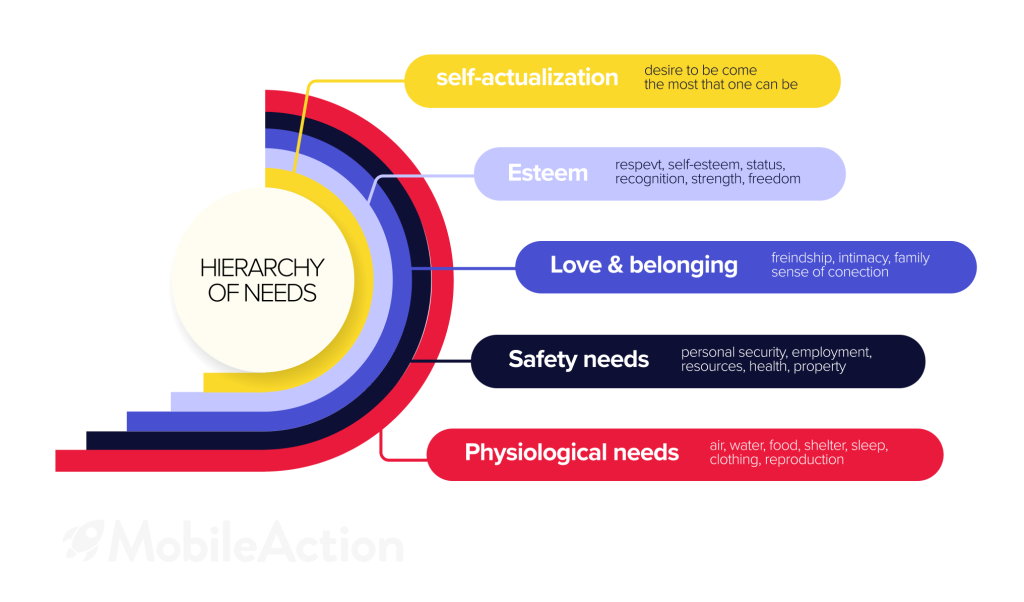
Ever heard of Maslow’s hierarchy of needs? This model states that the human mind focuses on needs based on these 5 levels and without achieving the prior, it won’t move onto other needs.
When you look at the table above, the third and fourth levels should remind you of some elements. Adding friends, getting rewarded, leaderboards, no? As you can see these gamification elements fit right into Maslow’s hierarchy of needs. For instance, adding friends caters to the need for a sense of belonging. Or, rewards and leaderboards cater to the need for status and recognition. Your users might not achieve self-actualization through your app but you can definitely reach your business goals with this strategy. By triggering a sense of achievement you can motivate users to keep coming back to your app.
So here is why you should consider creating an app gamification strategy:
- It increases mobile app user retention and engagement.
Tasks, rewards, and leaderboards will push them to come back more often. And since it provides a better user experience, users will stick around more.
- It eases the onboarding process of users.
Improving user experience during onboarding can easily be achieved with gamification elements. You can show how your app works with simple tasks and rewards. In this way, your users learn your app’s features quicker and better so they can use it more.
- It is a great contributor to your mobile user acquisition efforts.
Gamification is a great way to increase your organic traffic. Better user experience means more users. Simply because people will talk about your app if they are happy with it. Moreover, gamification elements such as adding friends, challenges, rewards, and leaderboards are another huge reason for users to speak about your app in their social circle. They will want to share the experience, their achievements, and badges with their friends and also want to challenge and compete with them.
How to Add Gamification to your Mobile App?
Now, let’s talk about how to add gamification to your Mobile App.
As said before, it totally depends on your creativity but following some successful practices won’t hurt.
The category of your app is a factor. For example, adding quizzes to your finance app may not produce results as good as you do in learning apps. Meaning that some elements work better for some categories.
Gamification in Education Apps
For education apps, quizzes, daily tasks, and rewards are the first gamification elements you should look for. They don’t only improve the learning experience but also make it entertaining. You can offer users the option to add friends so they can challenge them for quizzes and compete on a leaderboard.
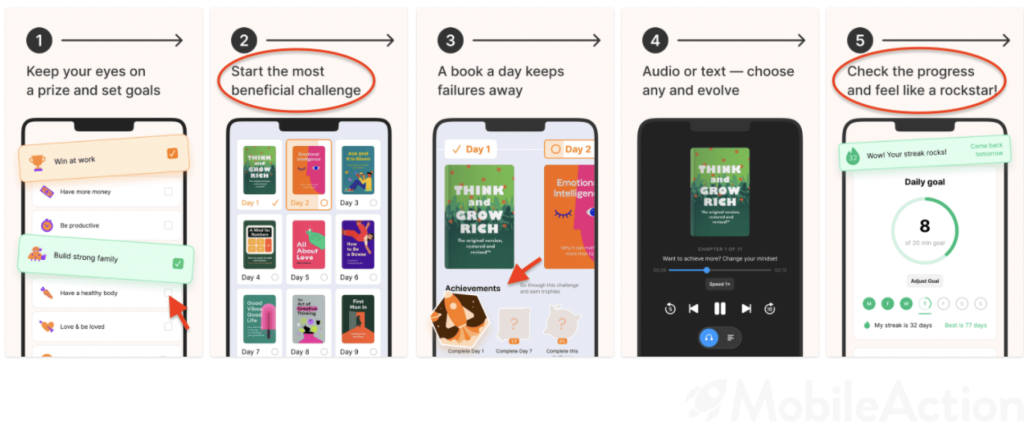
Gamification in Productivity Apps
You can add in-app rewards to motivate users into completing more tasks. These rewards can be as simple as a star or message saying “good job”. Todoist is a good example of this. It allows businesses to manage their work in one place. It shows the progress of tasks, rewards you with stars when you complete a task.
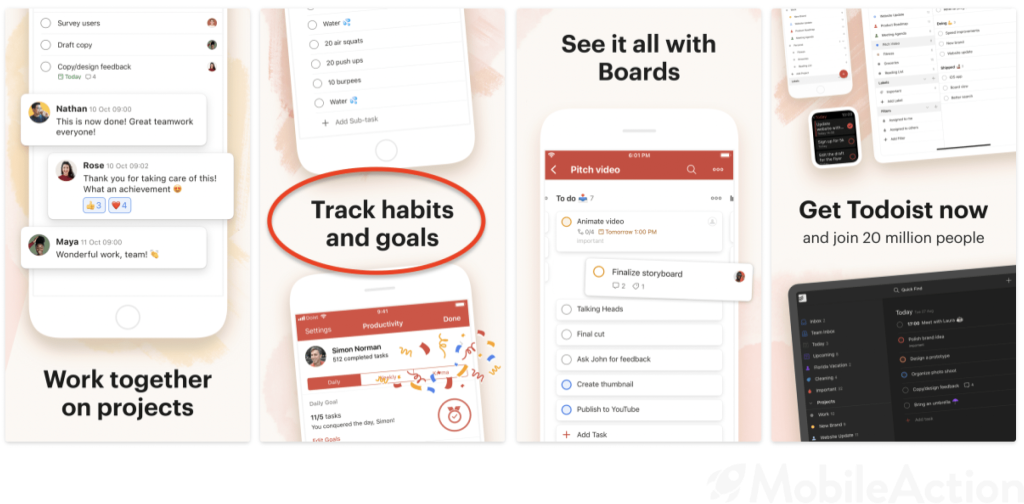
Gamification in Health and Fitness Apps
Challenges, leaderboards, progress bars, levels, adding friends. Health and Fitness category offers numerous opportunities for gamification. You can track how often users come back to the app and reward them for their streak. If your app offers a calorie tracking feature progress bars can be a good idea. They can track their daily calorie intake or their performance in reaching their target weight. They can add friends and challenge them into completing a workout routine. You can give them different statuses based on their progress on the app. In this way, they may want to complete more tasks and reach more levels.
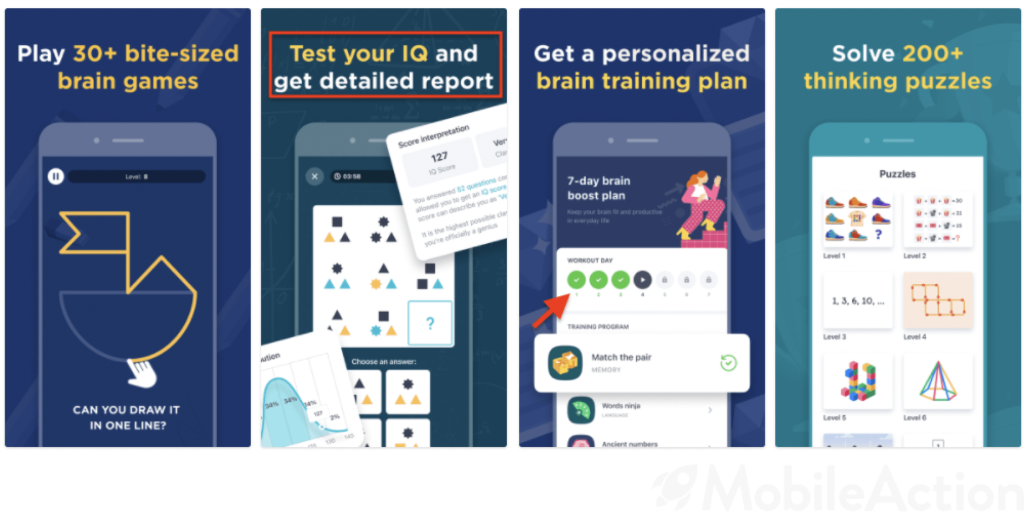
Gamification in Finance Apps
Finance apps are mostly about managing money, right? You can track your income and expenses, invest, and save. How can you gamify this? Well, progress bars are a good starting point. Your users probably have some financial goals they want to achieve or goods they want to buy. You can implement a progress bar to your app and help them stay on track for their goals.
You can even go further and reward them. For instance, many banks support the green economy and afforestation. But not many of them offer gamification elements to make this goal more attractive to the users. You can say that for every achievement or a completed progress bar, you’ll give them in-app coins and they can use these coins to plant a sapling. This can also improve your company’s public image.
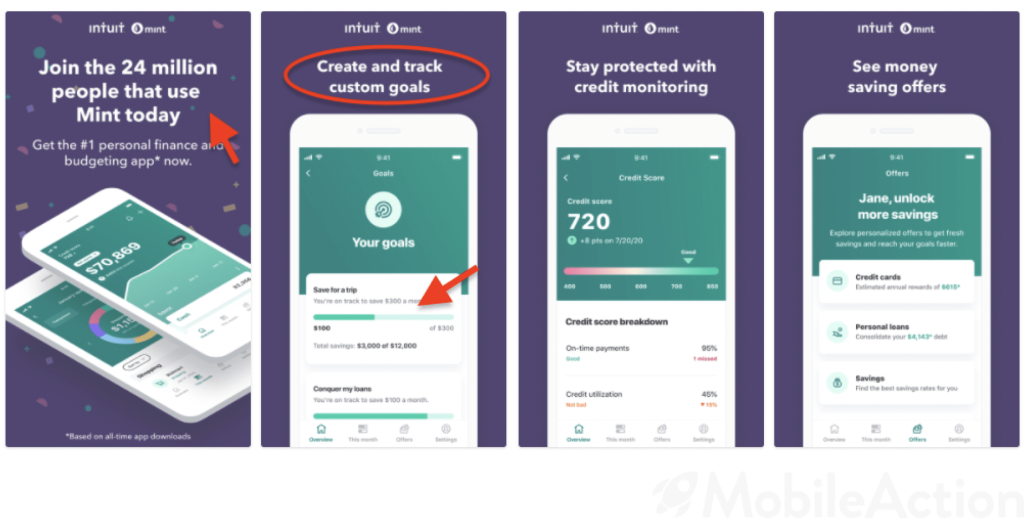
How to Build an Effective Gamification Strategy?
Now, you know what gamification is and how it is being utilized among different app categories. But how can you build an effective app gamification strategy?
First and foremost, know your facts. What are your current retention rates? Do you have enough organic traffic? You should have a clearly defined baseline and a measurable goal that you are striving for.
Next, you should get to know your audience. Do you appeal to younger or older people? Is your app used more by women or men?? What types of content catch their interest? Build up your target audience in your mind before you create an effective app gamification strategy for them.
One way of doing this step is to rely purely on your assumptions. However, you wouldn’t be here if assumptions were the solution. Instead, you should do market research, competitor analysis and identify how other apps are experimenting with different techniques in your category.

For instance, you can search for the top creatives by category in our ASO Intelligence tool and find your competitors in an instant. You can analyze their value propositions and learn what features are in demand.
Being different can make the sale but what happens inside of your app is just as important. So, learn from your competitors, improve their ways and add value to your app.
Based on your findings, decide on what gamification elements work best for your niche. Keep in mind that you are adding these elements to your app to improve the user experience. So keep your updates simple and user-friendly.
The next step is promotion. You can make the perfect gamified app but it won’t matter if users don’t know about it. So, once again you should collect data about how your competitors are promoting their apps. What is the most-preferred ad creative format? Are there any established norms or techniques for your category?
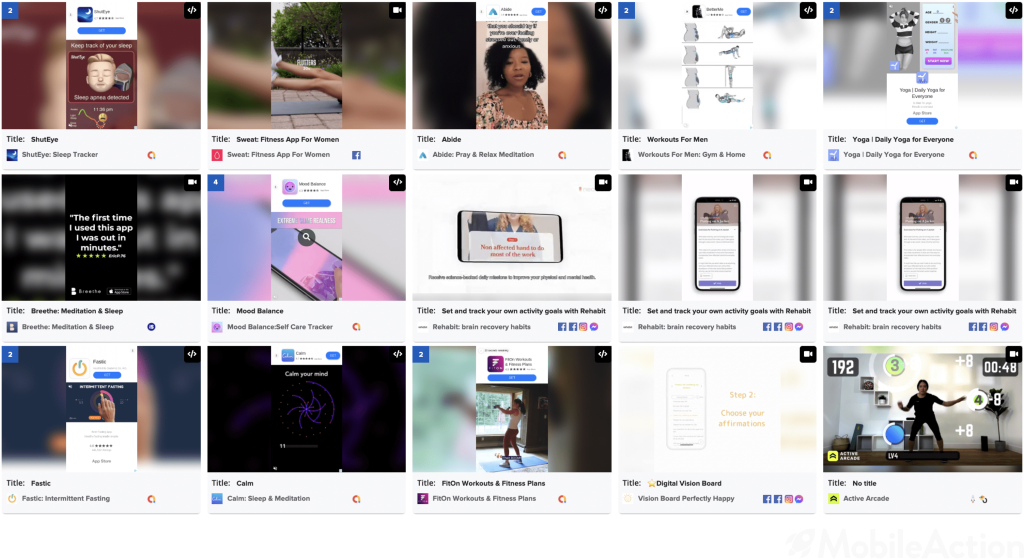
You can list ad creatives by format, platform, ad network, or country with our Ad Intelligence tool. In this way, you can optimize your own ad creatives and reach out to more users.
Once you make your app heard, you can proceed to promote your app with in-app events. Meaning that you can promote challenges, events, and daily tasks for your already existing user base as well as prospects in the search results.
Therefore, we can state that building an efficient app gamification strategy is closely related to data collection. Moreover, you should combine it with successful app marketing that benefits from the tools iOS 15 brought.
A Glance at Best Gamification Apps
Now, let’s take a look at some successful apps that use gamification.
Duolingo

Since we mentioned Duolingo and its value propositions several times before, let’s focus on their gamification strategies. They utilize gamification elements such as leaderboards, progress bars, and quizzes for a better learning experience. They make learning fun and more casual.
As you can see they have a visibility score of 93, meaning that they are extremely visible in the app store due to their successful ASO strategies. However, another indicator of their success is the happy users who show their appreciation in reviews and ratings.

Isn’t it great when your users help you with mobile user acquisition? Plus, this is in the app store. Think about how many friends and family members learn about Duolingo from happy users.
Forest

Forest does not have a visibility score as impressive as Duolingo but they are one of the top productivity apps.
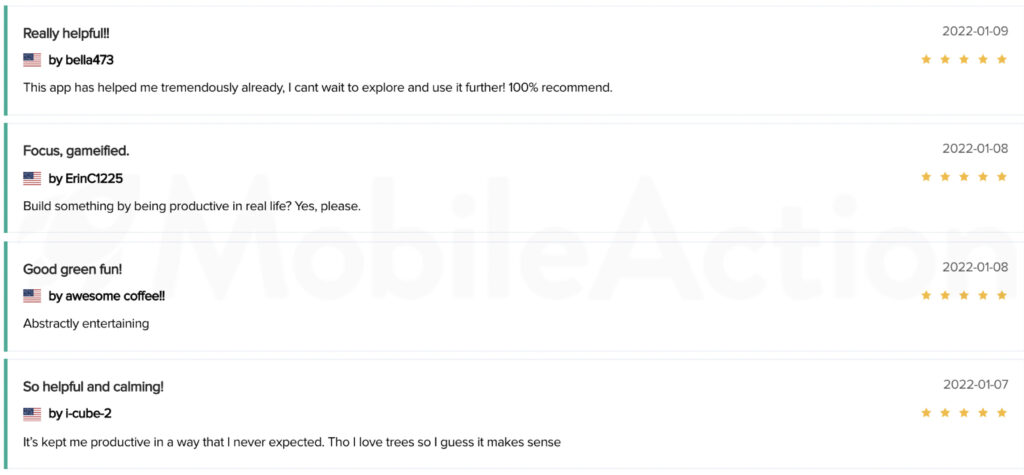
I believe one of the reviewers explains the app in a perfect manner.
“Build something by being productive in real life? Yes Please.”
Forest is an app that helps you stay away from your phone and focus on your tasks, daily life, etc. And you actually plant a tree in real life if you can wait until the seed on your screen turns into a tree. Forest says over 1 million trees are planted by their users. You can plant together with friends and family, reach new levels, get rewarded.
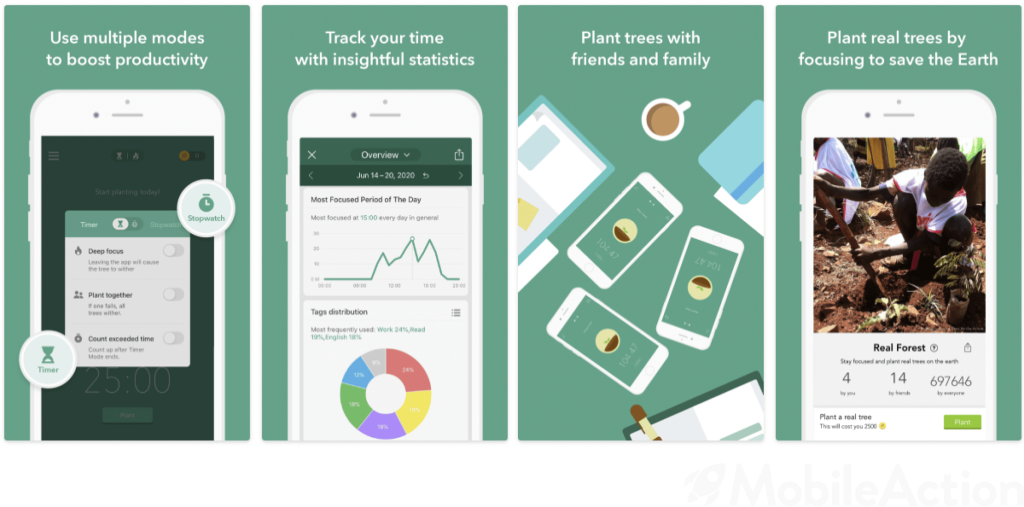
Forest is the perfect app for those who want to improve themselves while saving the environment.
Codecademy Go

Codecademy Go is another learning app that provides gamification elements to their users. Learning something is always a difficult task, right? You need to study regularly to improve your skills in a chosen subject. And studying isn’t always fun. However, Codecademy’s app gamification strategy allows users to track their progress, learn with quizzes while getting rewards for their consistency.
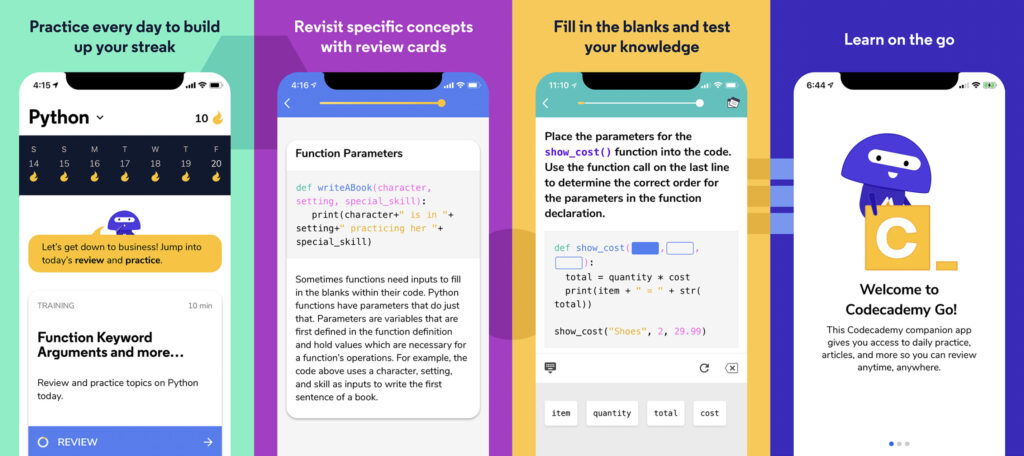
Takeaways
- Adding gamification elements to your app can increase app retention by %500.
- Gamification can increase your organic traffic.
- Any app can be gamified. You just need to find the right gamification elements for your app.
- Progress bars, rewards, leaderboards, quizzes, levels and adding friends can significantly improve the user experience.
- For an effective app gamification strategy, you should know the market and your competitors.
- Your app marketing strategy is as important as your app gamification strategy. Be sure that you are using the right channels and spreading the right messages.
___
by Talip Sencan
source: MobileAction.co
